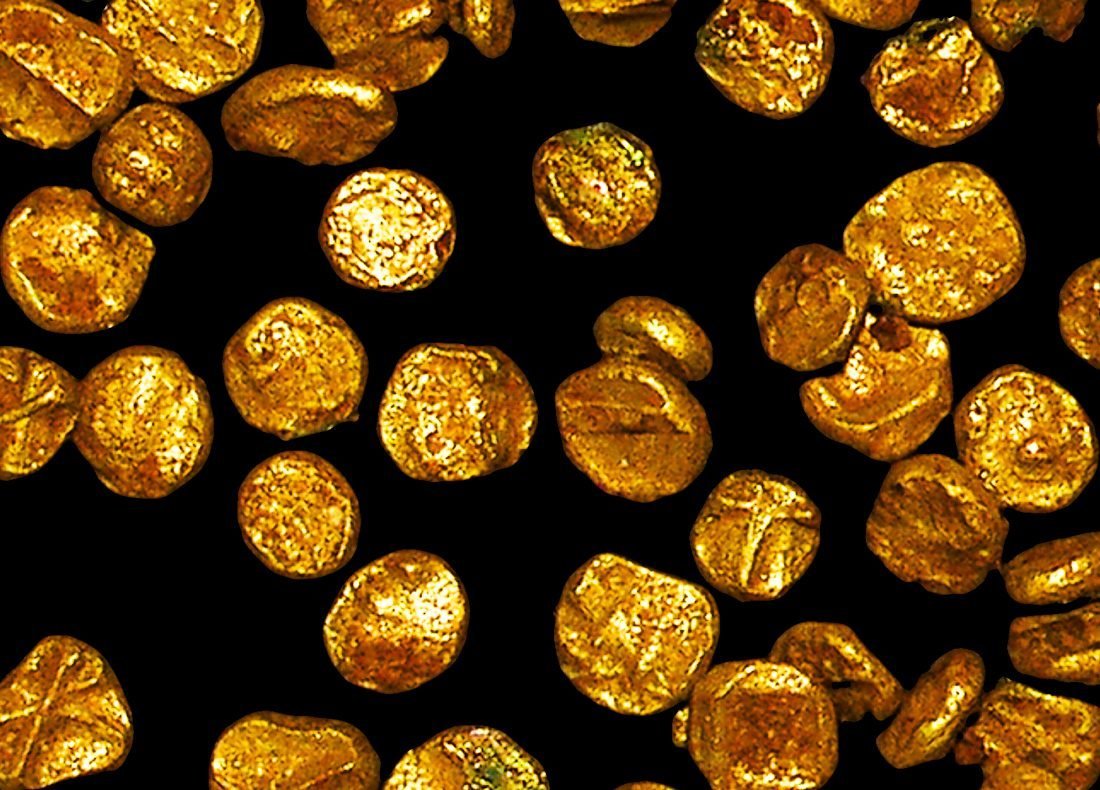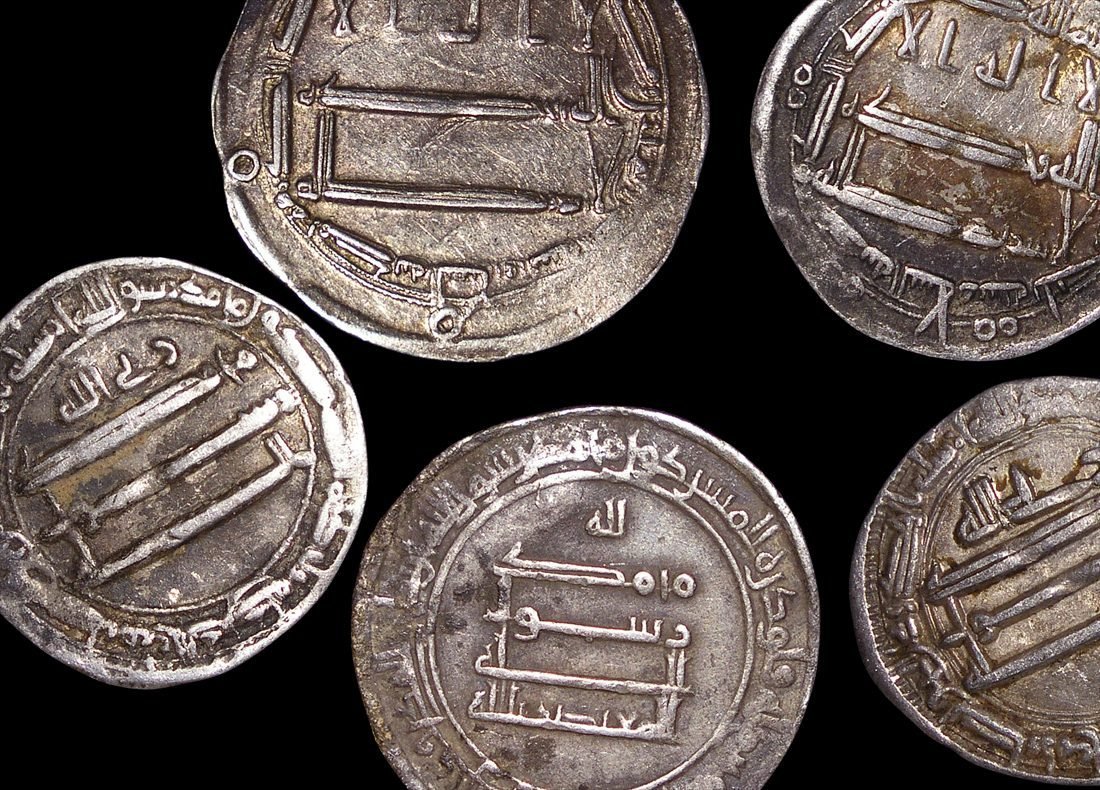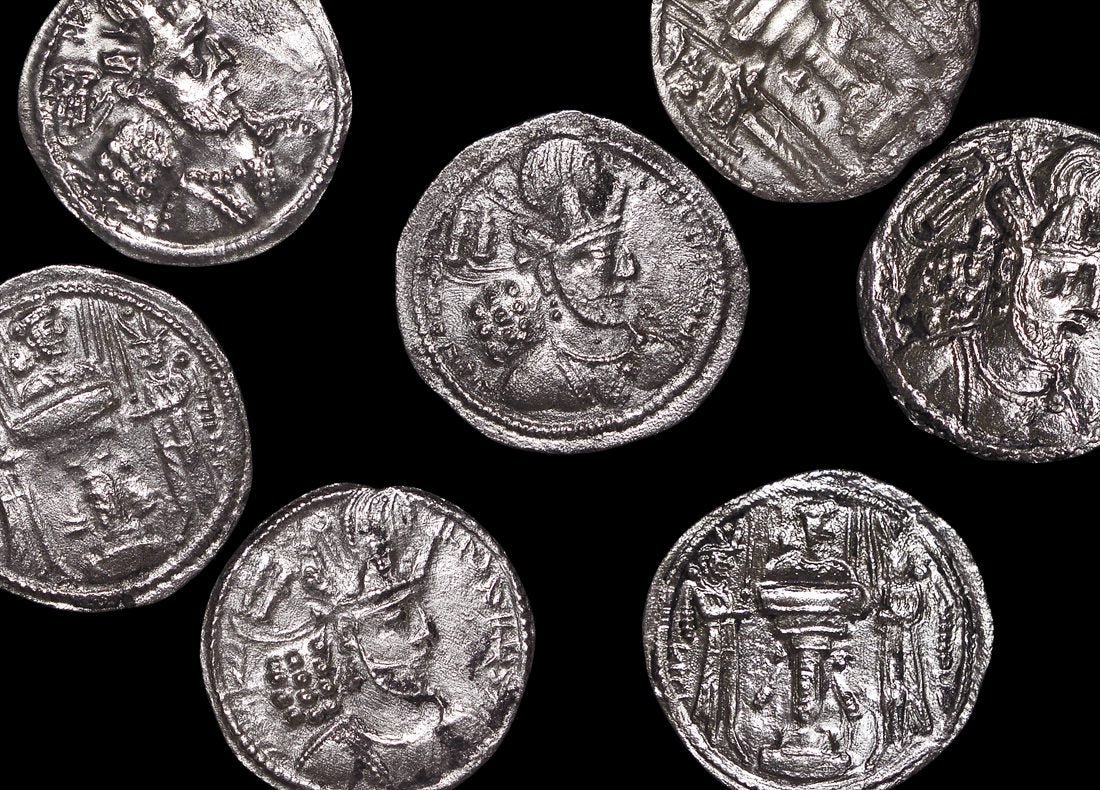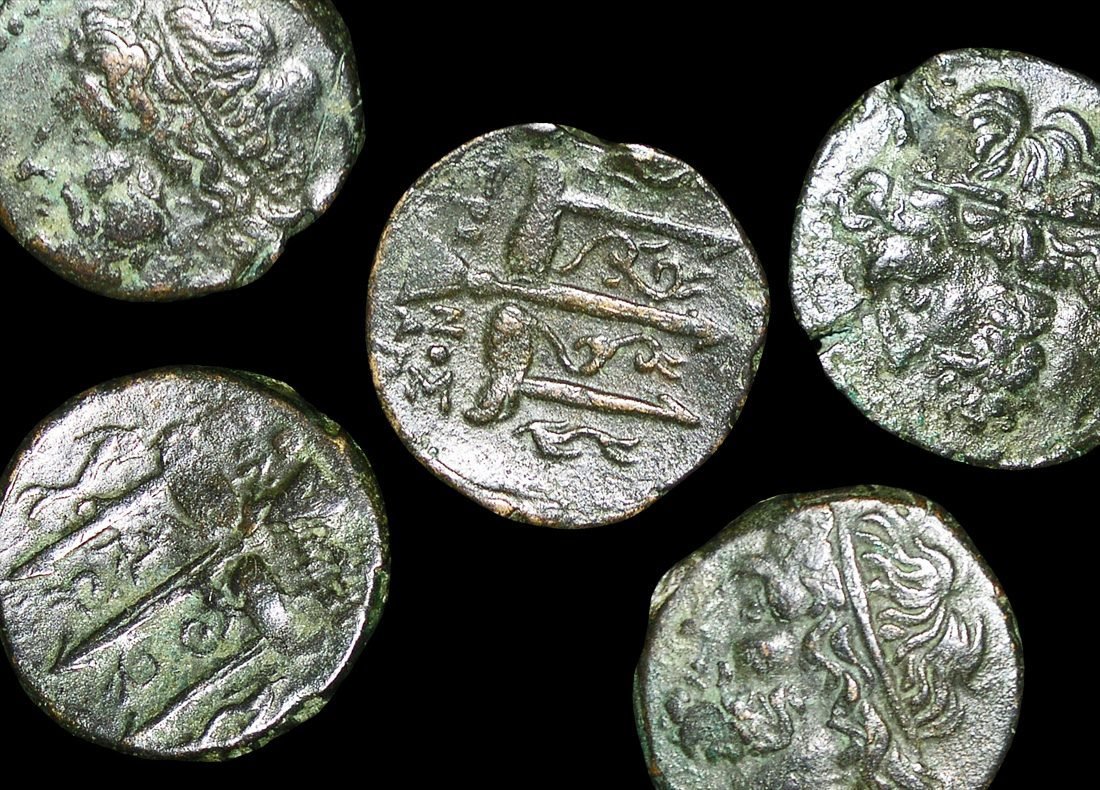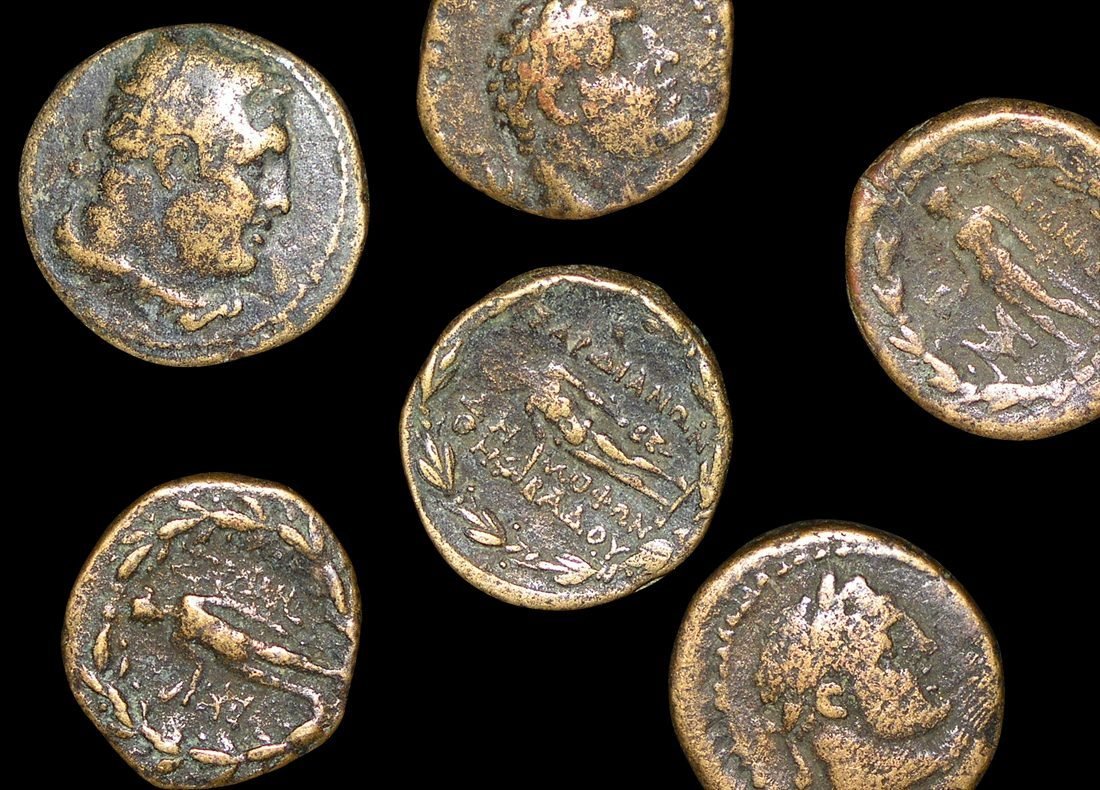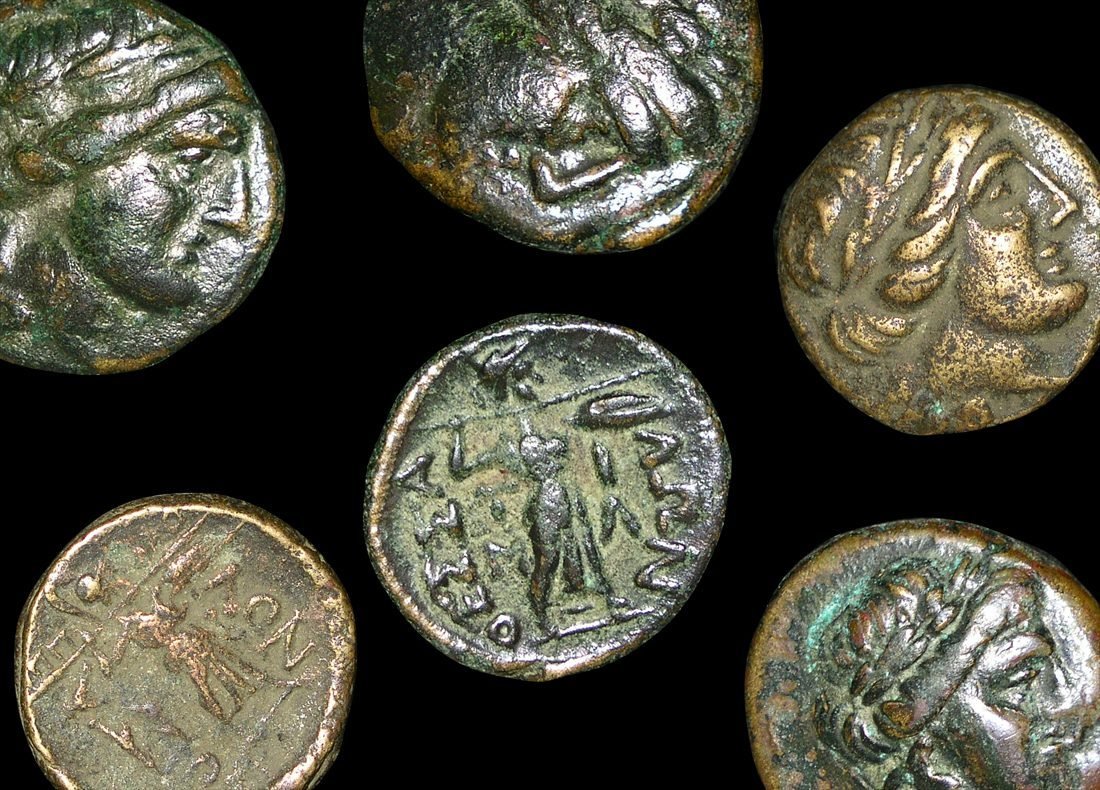 Image 1 of 1
Image 1 of 1


Thessalian League Bronze Unit (about 2,200-2,100 years ago)
This bronze coin was issued by the Thessalian League, a federation of city-states in the region of Thessaly (central Greece). Minted after Thessaly gained independence from Macedonian control with Roman assistance, this coin represents the brief period of semi-autonomous Greek governance before full Roman annexation.
Coin Description:
Front side: Likely depicts the head of Apollo wearing a laurel wreath, a common deity on Thessalian coinage who was associated with prophecy, healing, and the arts.
Back side: Probably features Athena Itonia in fighting stance with shield and spear, or potentially a horse (reflecting Thessaly's famous cavalry), accompanied by the inscription "ΘΕΣΣΑΛΩΝ" (of the Thessalians).
Technical Details:
Material: Bronze
Denomination: Unit (basic bronze denomination in the local currency system)
Minting date/period: 196-146 BCE (approximately 2,200-2,100 years ago)
Condition: Varies by specimen
Historical Significance:
This coin circulated during the short-lived independence of the Thessalian League following the Roman victory over Macedon at the Battle of Cynoscephalae in 197 BCE. With its capital at Larissa (in modern central Greece), the confederation enjoyed nominal freedom under Roman protection before being absorbed into the Roman province of Macedonia after 146 BCE. The coinage reflects this transitional period when Greek regions were caught between independence and the expanding Roman Republic that would soon dominate the entire Mediterranean world.
This bronze coin was issued by the Thessalian League, a federation of city-states in the region of Thessaly (central Greece). Minted after Thessaly gained independence from Macedonian control with Roman assistance, this coin represents the brief period of semi-autonomous Greek governance before full Roman annexation.
Coin Description:
Front side: Likely depicts the head of Apollo wearing a laurel wreath, a common deity on Thessalian coinage who was associated with prophecy, healing, and the arts.
Back side: Probably features Athena Itonia in fighting stance with shield and spear, or potentially a horse (reflecting Thessaly's famous cavalry), accompanied by the inscription "ΘΕΣΣΑΛΩΝ" (of the Thessalians).
Technical Details:
Material: Bronze
Denomination: Unit (basic bronze denomination in the local currency system)
Minting date/period: 196-146 BCE (approximately 2,200-2,100 years ago)
Condition: Varies by specimen
Historical Significance:
This coin circulated during the short-lived independence of the Thessalian League following the Roman victory over Macedon at the Battle of Cynoscephalae in 197 BCE. With its capital at Larissa (in modern central Greece), the confederation enjoyed nominal freedom under Roman protection before being absorbed into the Roman province of Macedonia after 146 BCE. The coinage reflects this transitional period when Greek regions were caught between independence and the expanding Roman Republic that would soon dominate the entire Mediterranean world.


